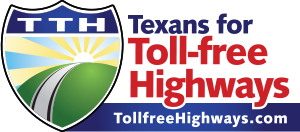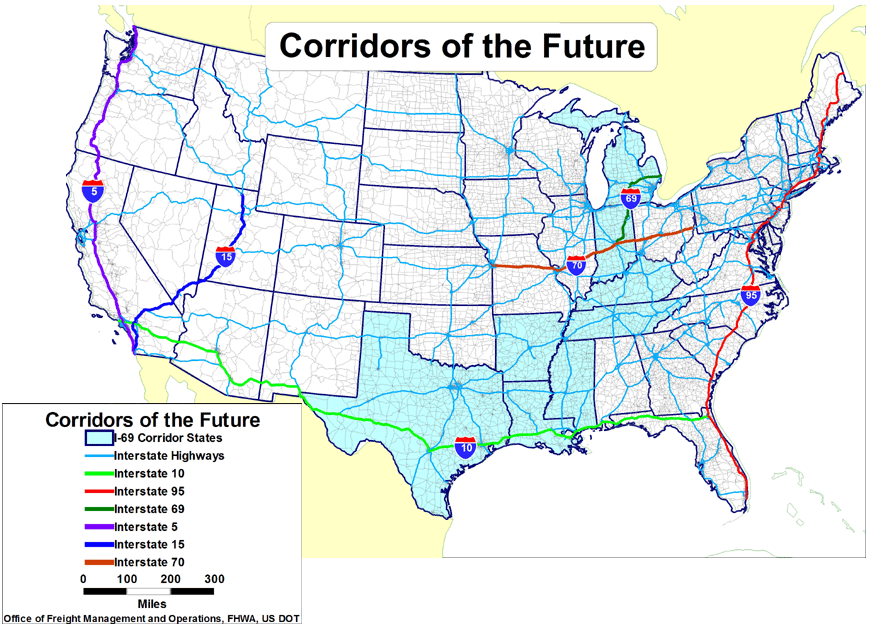Link to article here.
Though Mr. Casey seems fine with toll revenues subsidizing everyone else’s free roads (versus the tolls going to that highway only then ceasing when the road is paid for) and for making those who cannot afford the tolls second class citizens relegated to frontage roads, he’s exactly right on Governor Perry’s push privatize our highways in what can only be described as a MASSIVE boondoggle to benefit his campaign contributors and road contractor friends. However, even the Houston model (or traditional turnpike model) has now been replaced with the “Perry public tolling model” called “market valuation.” No longer will tolls be kept as low as possible, now the tolling entity has to BY LAW charge market-based tolls which includes “profit” (except this is government profit) just like Perry’s privatized dream. Mr. Casey and Houstonites need to realize this MAJOR shift in policy is coming to a road near them thanks to SB 792…
For whom the toll bills
By RICK CASEY
Copyright 2007 Houston Chronicle
Sept. 12, 2007
With all the madness in the world, I meditated Tuesday on two matters of great gratitude.
One is that through vigilance and good fortune we have, so far, gone six years without another major attack on U.S. soil.
The other is that I wasn’t one of the Texas officials who was forced to attend a workshop in Austin in which PR flacks would try (under a $20,000 contract) to teach me techniques for selling Gov. Perry’s massive toll road boondoggle.
It was a small part of a $7 million to $9 million campaign that will include feel-good ads pushing Perry’s Trans-Texas Corridor.
Magic word didn’t work
Given the growing uprising in both the Legislature and the public, that may not be enough.It would have been much wiser for Perry just to consult Harris County officials on how to do toll roads right.
It looks like Perry was caught by surprise by the hostility to his plan. He seems to have thought that by invoking the magic word “privatization” he could lull Texans into thinking we were getting something for nothing.
Under Perry’s plan, private corporations, including at least one from Europe, will build the roads at little or no cost to Texas taxpayers.
It’s a politically powerful idea, playing on the popular notion that the private sector is always more efficient than the public sector.
Harris County’s better way
That’s such a tantalizing tenet of current political theology that Harris County last year paid for a set of studies that looked at whether it should sell its toll roads.Based on the results of the studies, commissioners voted unanimously not to sell.
The two Democrats and three Republicans agreed that privatization isn’t always better. And this is one of those cases.
The Houston approach is superior to Perry’s in at least three ways:
• Despite recent hikes in tolls, drivers will pay considerably less per mile than they would on a privatized road.
The reason is simple. The private sector can’t build or maintain the roads appreciably more cheaply, and their operating costs are higher.
For one thing, corporations must pay federal taxes. For another, they must pay their shareholders.
What’s more, their job is to maximize their profits. Unlike the Harris Toll Road Authority, they will make substantial political contributions and hire the best lobbyists to persuade state officials to let them charge whatever the traffic will bear.
TxDOT’s Web site promoting the governor’s plan offers this as reassurance: “If it is too expensive, motorists will not use the road.”
• Private sector profits go to shareholders and highly paid executives. Harris County toll road profits are used to pay for nontoll streets and roads.
Currently, $40 million a year in tolls go to non-toll road projects. In effect, those who are able and willing to pay for the speed and convenience of toll roads are subsidizing the “free” streets.
I’d much rather have part of my toll go to other streets I will drive than to wealthy Spaniards, or to wealthy Texans, for that matter.
• Before they will invest hundreds of millions in building roads, private companies want and get noncompete provisions. You would, too.
By contrast, Harris County has consistently built free access roads parallel to its toll roads.
If you don’t have an EZ Tag to get on the Westpark Tollway, you can do pretty well traveling Westpark Drive.
“That’s the way we’ve made toll roads politically acceptable here,” said Art Storey, Harris County infrastructure director.
Elected officials have to worry about such things.



